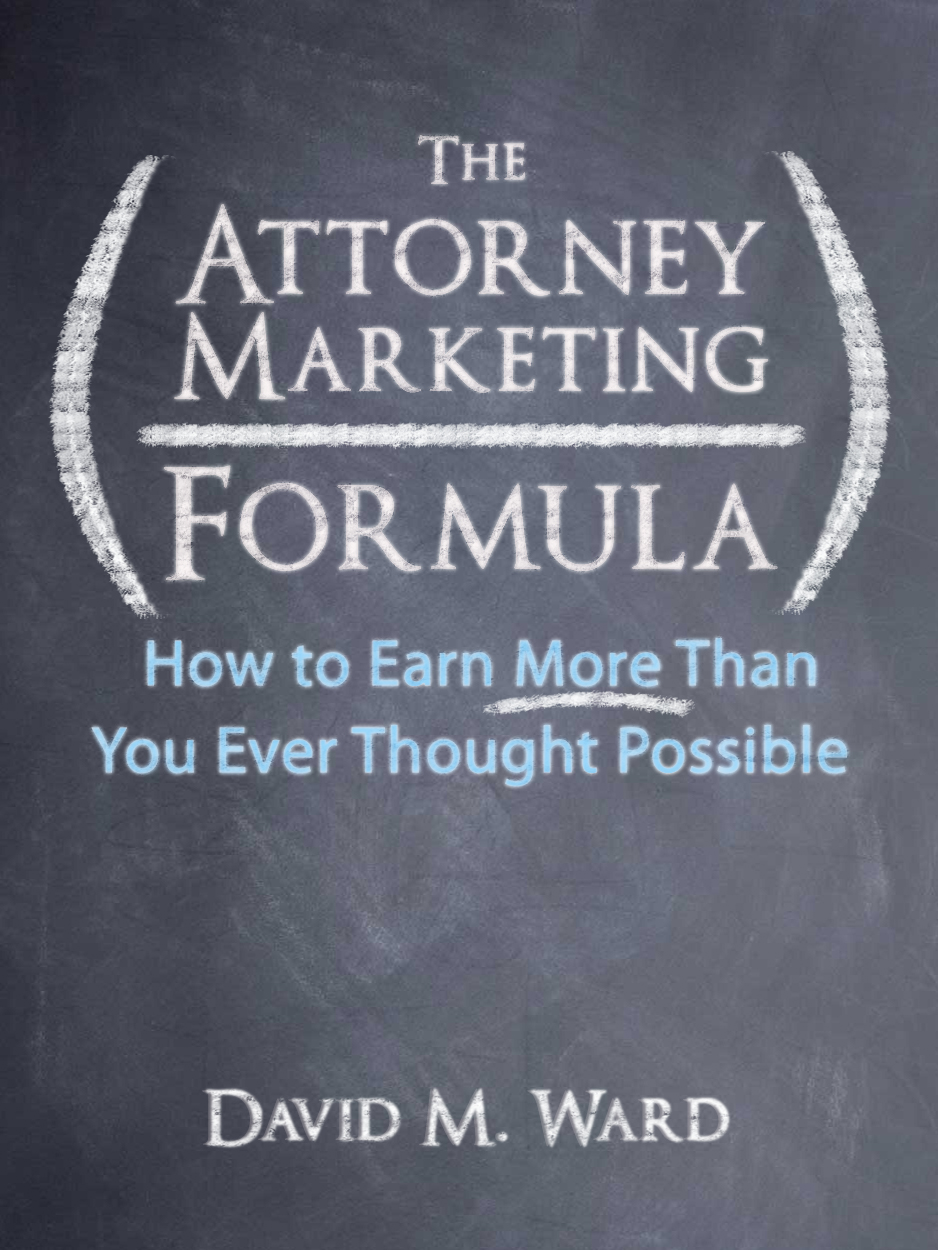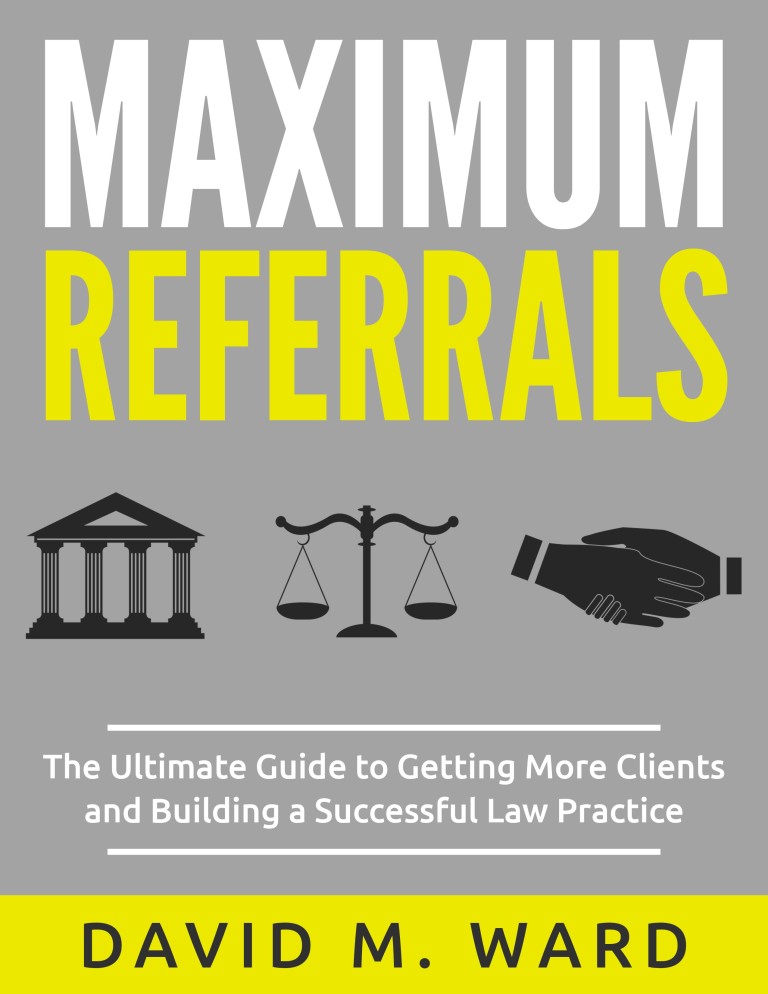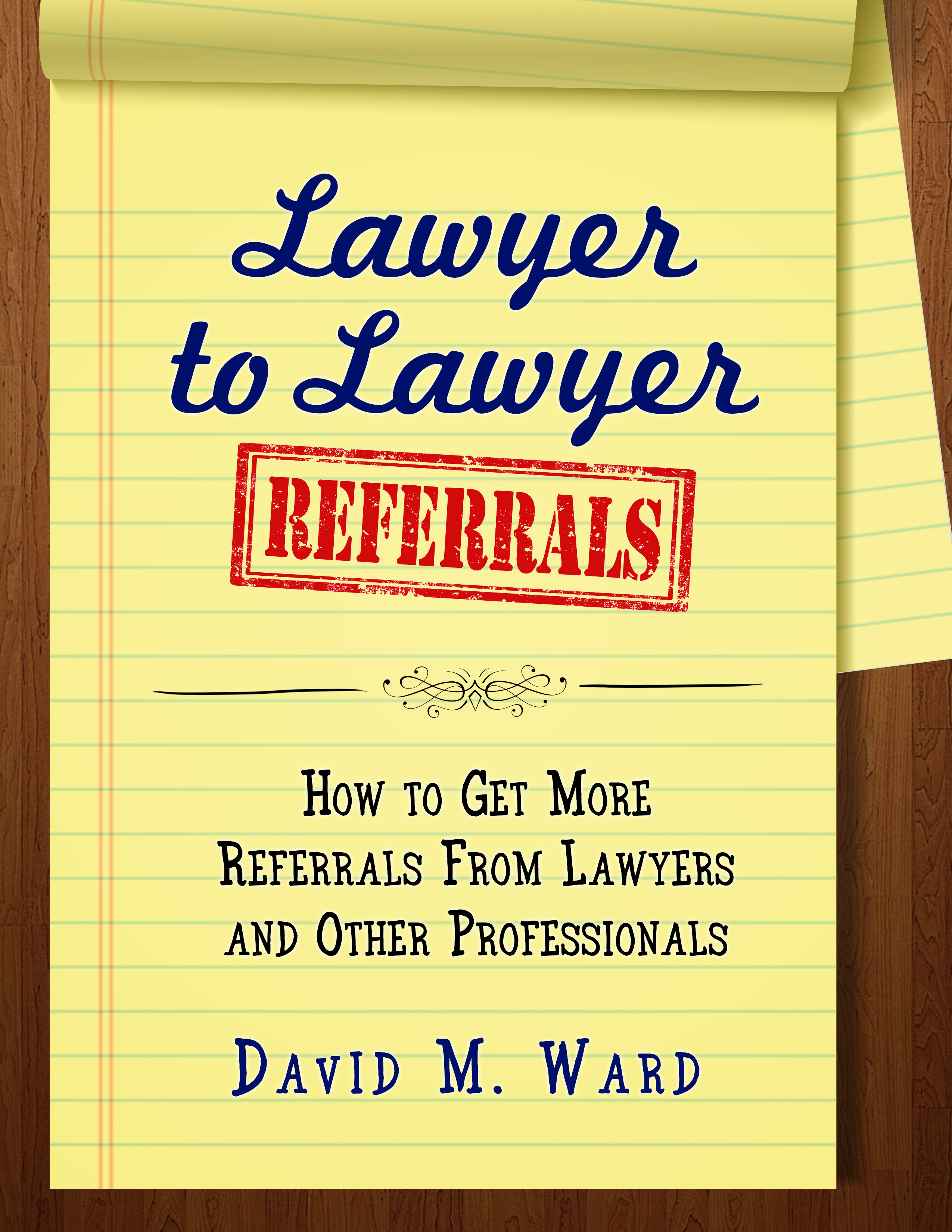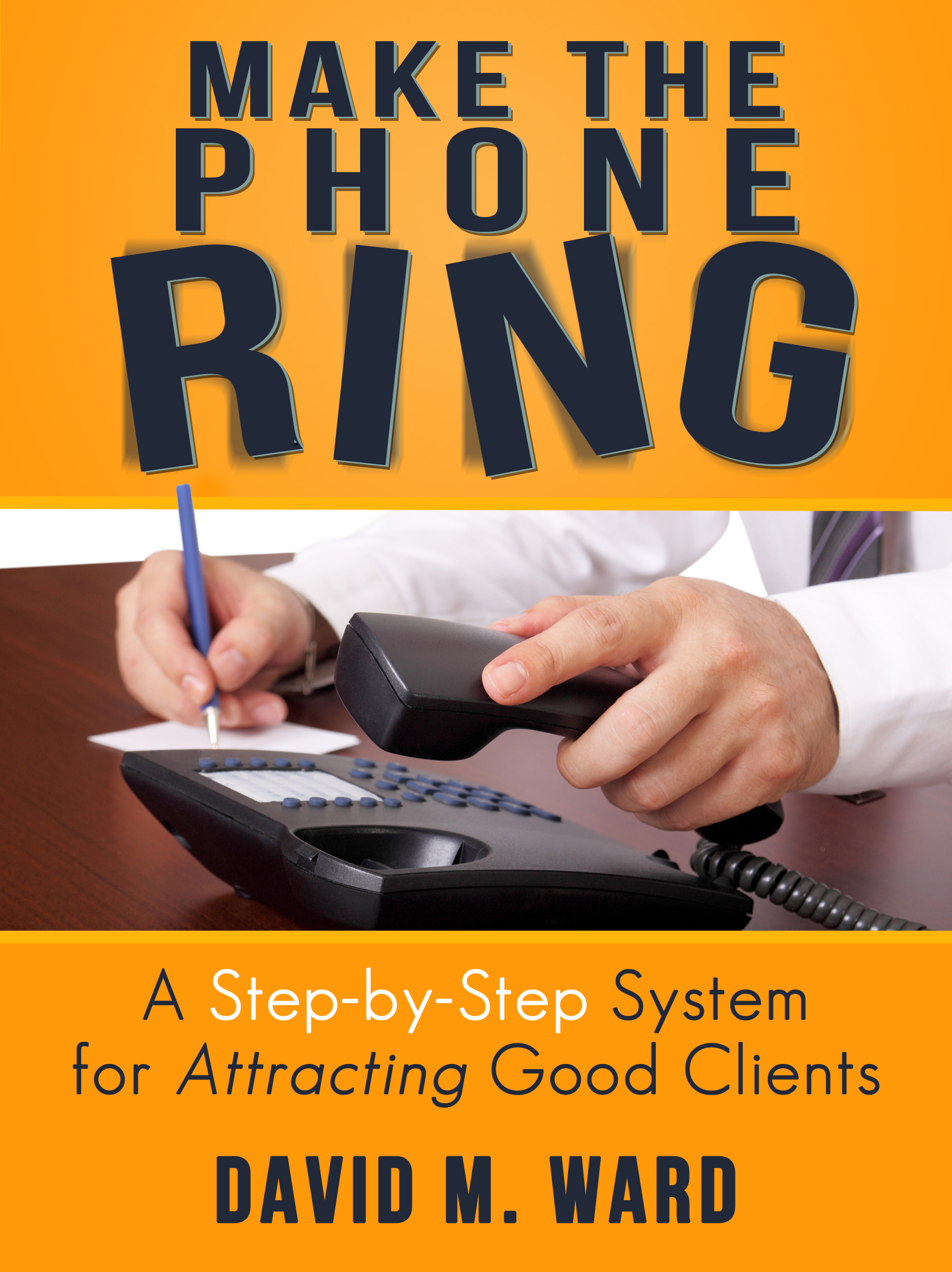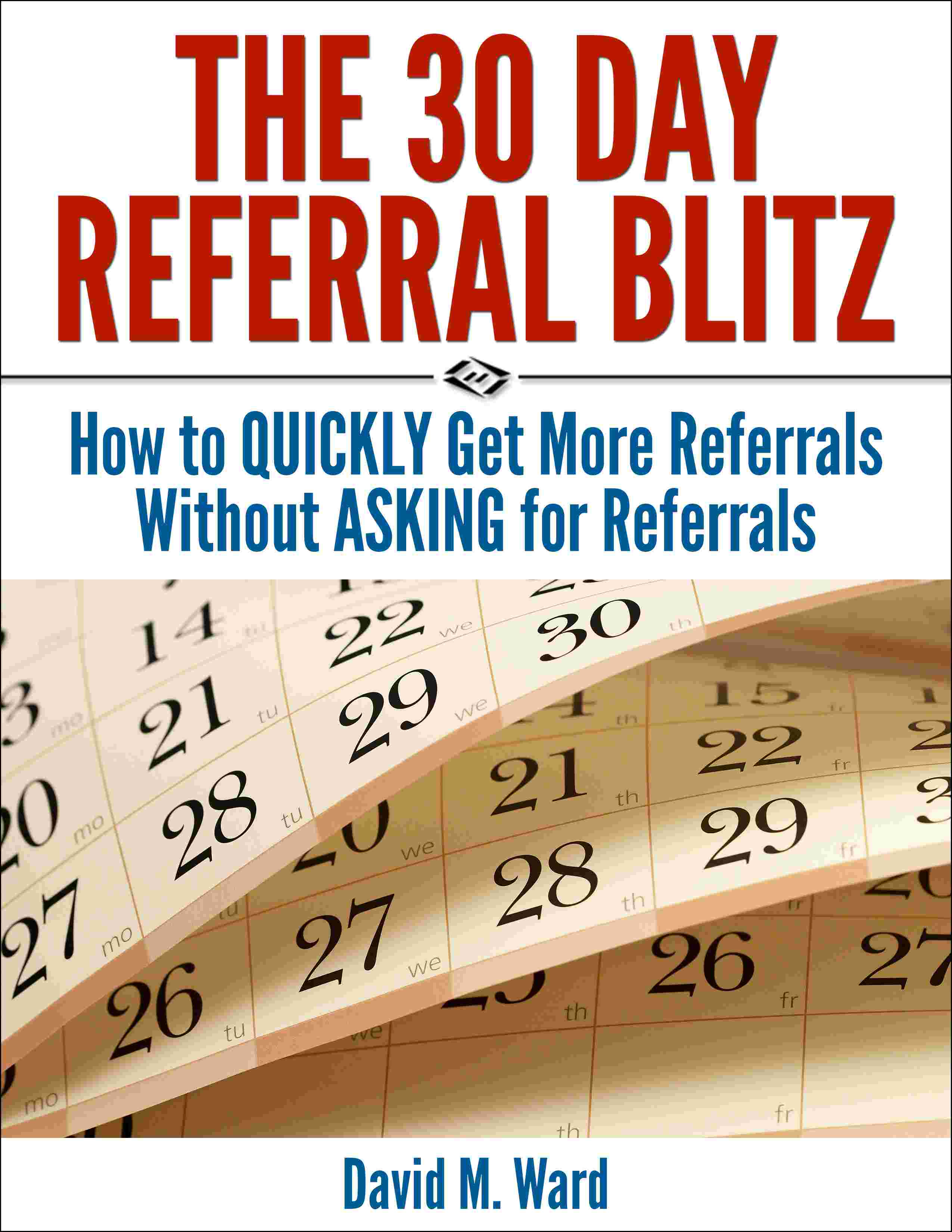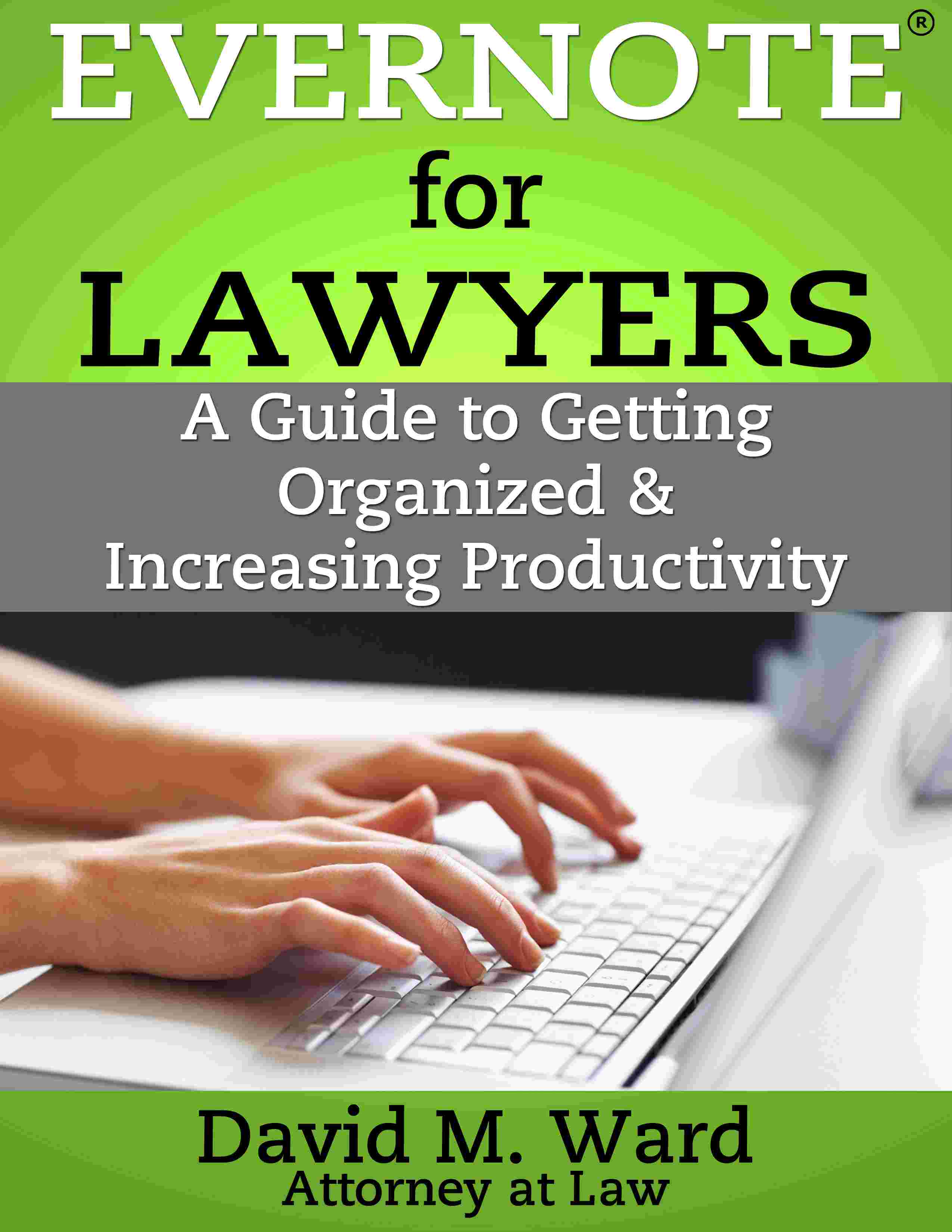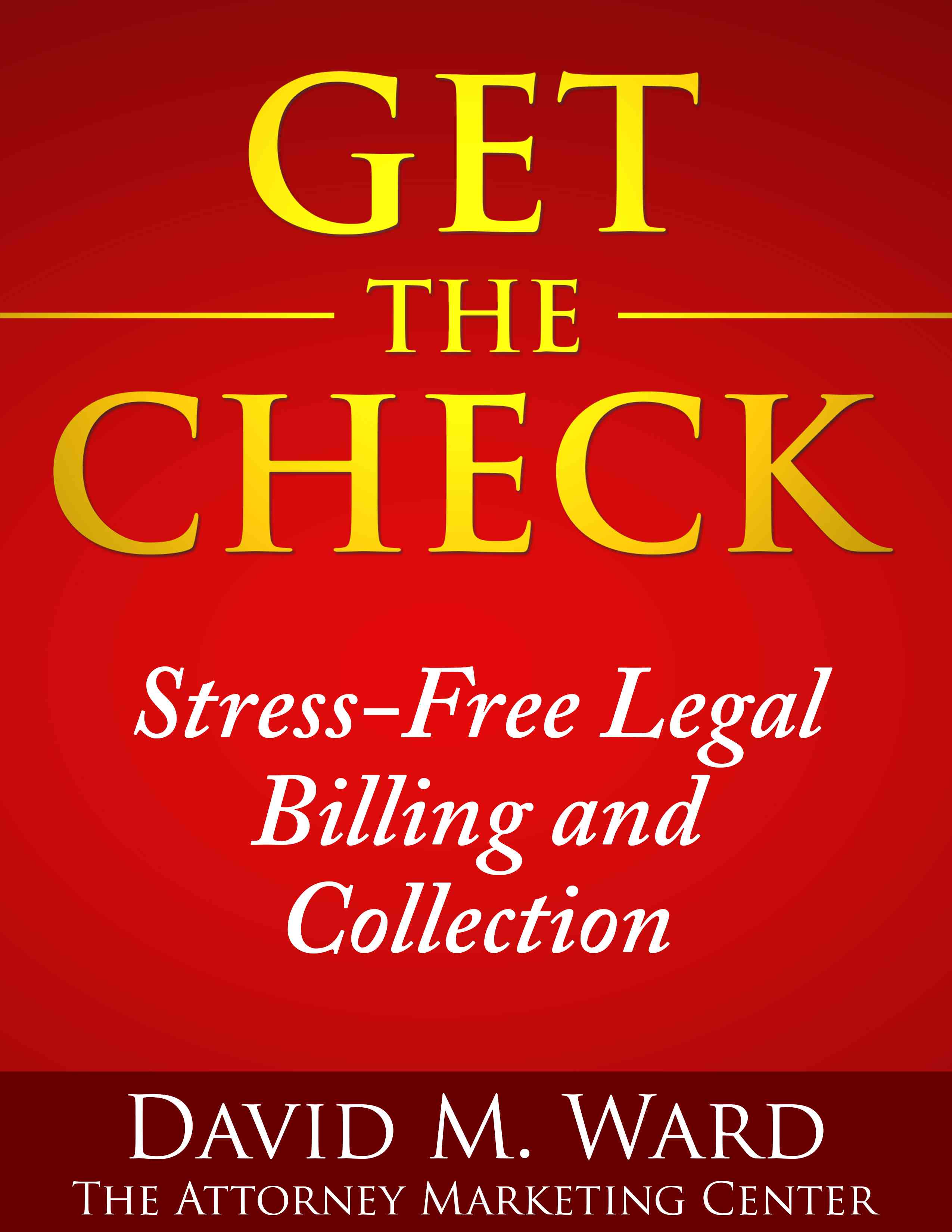Is your blog post idea machine running out of gas?
No problem. Here are 10 ideas to fill your tank:
- “Best of”: Best articles/posts/videos/sites you read of saw this month or this year.
- Interviews: A great way to build relationships with influential people and get more traffic to your blog as they promote the interview.
- Client success stories: feature a client’s legal victory, business, charitable work, or life’s story.
- Surveys: survey your clients or colleagues or bloggers and post the results.
- Statistics: Everyone loves facts and numbers. Could be related to your practice area or your client’s industry or your local market.
- How-tos: Teach your readers about the law or about general consumer or business matters.
- Book reviews: your comments about a book you read related to your field, your client’s niche or of general interest.
- Awards: Choose a client or fellow professional who’s doing good things and feature them in a post.
- Summaries: Do a “round-up” post that summarizes and links to some of your previously published posts.
- Predictions: Who will win, what will change, when it will happen.
There you go.
And yes, you can (and should) share your posts with your newsletter subscribers. Which is what I’m doing as soon as this is posted.
For more ideas for your blog (or newsletter), get this:

